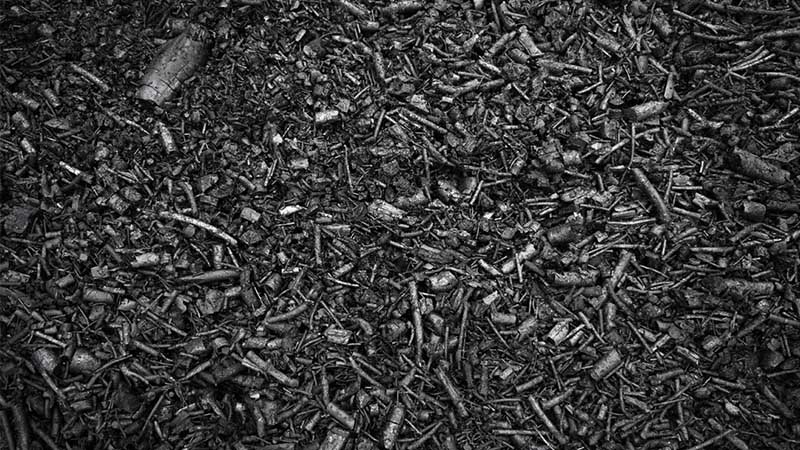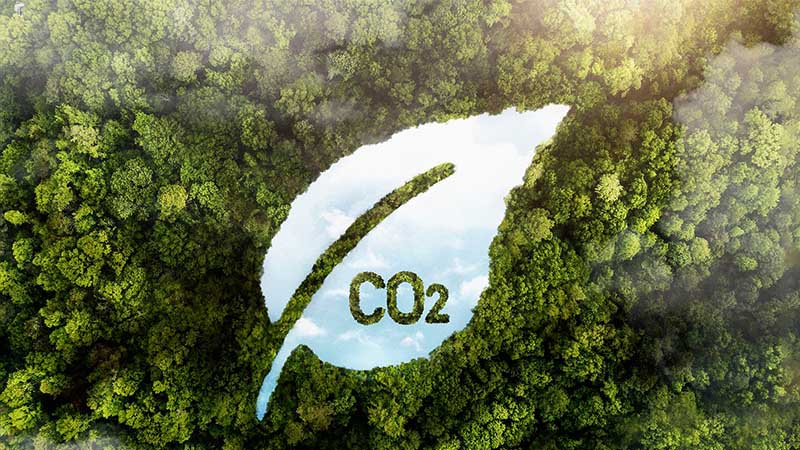sBiochar, a carbon-rich material produced through the pyrolysis of biomass, has garnered significant attention for its potential to sequester carbon dioxide (CO2) from the atmosphere and mitigate climate change. However, the effectiveness of biochar in carbon sequestration is intricately linked to the biochar production process. In this comprehensive analysis, we delve into the relationship between the carbon sequestration ability of biochar and the intricacies of the biochar production equipment, exploring how different production methods and parameters influence biochar properties and its capacity to sequester carbon.
Understanding Biochar Production Process
The biochar production equipment involves the thermal decomposition of biomass in the absence of oxygen, a process known as pyrolysis. During pyrolysis, biomass undergoes several stages of transformation, including drying, devolatilization, and carbonization, leading to the formation of biochar. The efficiency and outcomes of this process are influenced by various factors, including temperature, heating rate, residence time, feedstock composition, and reactor design.
Impact of Production Parameters on Biochar Properties
Temperature and Heating Rate
The temperature and heating rate during pyrolysis significantly impact biochar properties. High pyrolysis temperatures (> 400°C) typically result in greater carbonization and higher biochar yield. However, excessively high temperatures can lead to thermal degradation and loss of carbon sequestration potential. Similarly, heating rates influence biochar properties, with slower heating rates often associated with higher biochar stability and porosity, enhancing its carbon sequestration ability.
Residence Time
The residence time, or the duration that biomass remains in the biochar reactor, also plays a crucial role in biochar production. Longer residence times allow for more extensive decomposition of biomass, leading to higher biochar yield and increased carbonization. However, prolonged residence times may also increase energy consumption and environmental emissions, highlighting the need for optimization to balance production efficiency and environmental sustainability.
Feedstock Composition
The composition of the biomass feedstock used for biochar production has a profound impact on biochar properties and carbon sequestration potential. Different types of biomass, such as wood, crop residues, and organic wastes, exhibit varying carbon contents, lignin concentrations, and ash contents, influencing biochar yield, stability, and nutrient retention capacity. Understanding the optimal feedstock composition is crucial for maximizing carbon sequestration benefits while minimizing production costs and environmental impacts.
Influence of Production Methods on Biochar Quality
Slow Pyrolysis vs. Fast Pyrolysis
Slow pyrolysis and fast pyrolysis are two primary methods used for biochar production, each with distinct implications for biochar properties and carbon sequestration. It involve heating biomass at relatively low temperatures (< 500°C) over an extended period, resulting in higher biochar yield and greater carbonization. In contrast, fast pyrolysis operates at higher temperatures (> 500°C) with rapid heating rates, producing biochar with higher surface area, porosity, and reactivity. While slow pyrolysis may yield biochar with greater stability and long-term carbon sequestration potential, fast pyrolysis offers advantages in terms of production efficiency and bio-oil co-production.
Influence of Reactor Design
The design of biochar making machine significantly influences biochar properties and production efficiency. Various reactor types, such as fixed-bed, rotary kiln, and fluidized bed reactors, offer distinct advantages and limitations in terms of temperature control, residence time, and heat transfer mechanisms. For example, fixed-bed reactors provide excellent control over pyrolysis conditions but may suffer from uneven heating and particle size limitations. Conversely, fluidized bed reactors offer enhanced heat and mass transfer, allowing for faster pyrolysis rates and higher production capacities but may require more complex operation and maintenance.

Optimizing Carbon Sequestration Potential through Process Optimization
To maximize the carbon sequestration potential of biochar, it is essential to optimize the biochar production process by carefully selecting production parameters and methods. By fine-tuning factors such as temperature, heating rate, residence time, and feedstock composition, producers can tailor biochar properties to enhance carbon retention, stability, and nutrient cycling in soil. Moreover, advancements in reactor design and technology, coupled with innovative approaches such as integrated bioenergy systems and co-production with biofuels, offer promising avenues for improving the sustainability and efficiency of biochar production while maximizing its carbon sequestration benefits. If you have any questions about biochar production, please feel free to consult Beston China
In conclusion, the carbon sequestration ability of biochar is intricately linked to the biochar production process, with various factors such as temperature, heating rate, residence time, feedstock composition, and reactor design influencing biochar properties and carbon sequestration potential. By understanding these relationships and optimizing production methods, stakeholders can unlock the full potential of biochar as a sustainable solution for mitigating climate change and promoting soil health and fertility.